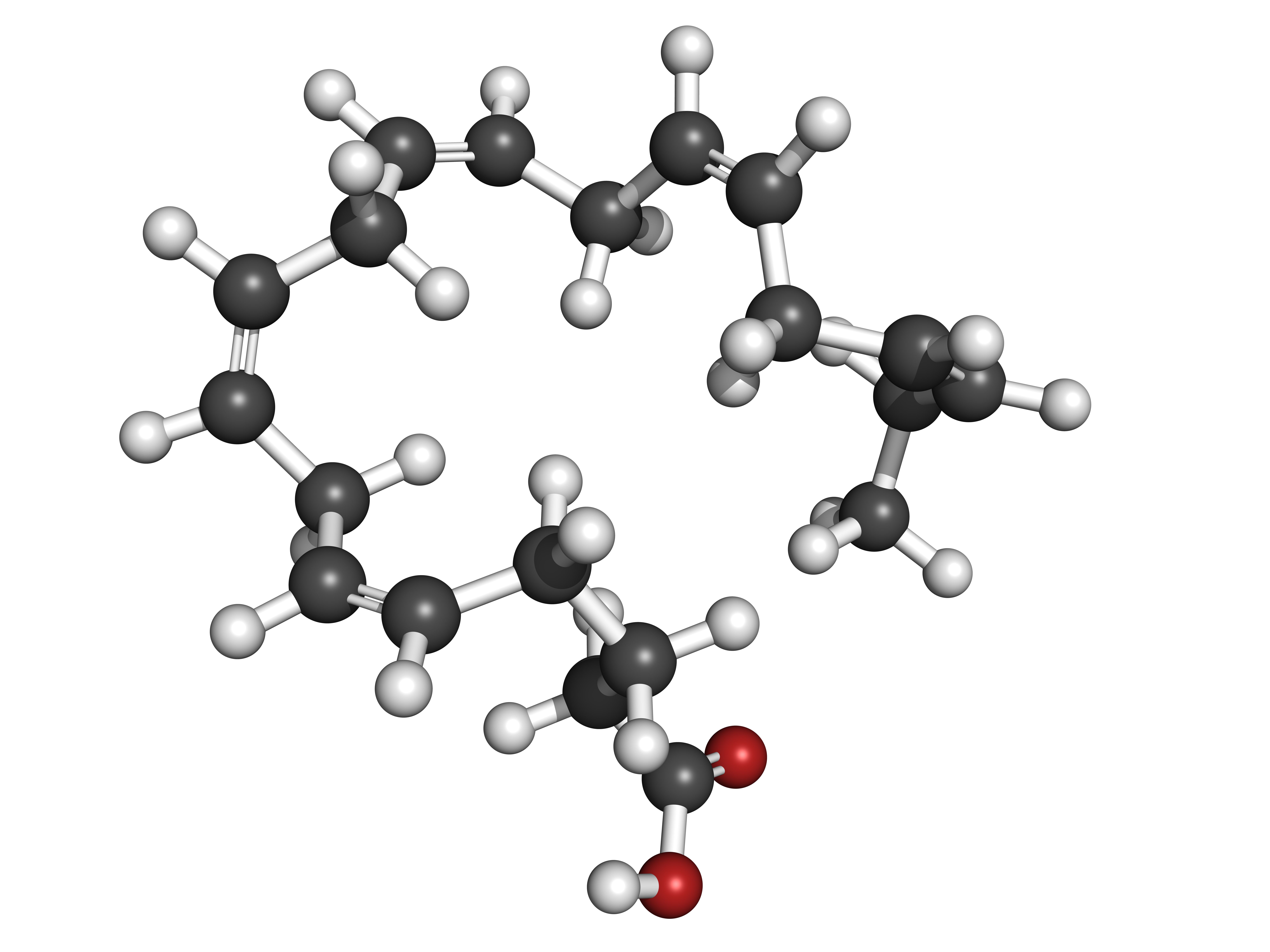New Findings Shed Light on Formation and Analysis of Doubly Charged Lipid-Metal Ion Complexes
Researchers have discovered that phospholipids form doubly charged lipid-metal ion complexes during electrospray ionization (ESI), providing valuable insights into the analysis of phospholipid structures.
Phospholipids play a vital role in the composition of eukaryotic cell membranes, and changes in their structure can signify metabolic variations or disease states. A recent study led by Sven Heiles and published in the Journal of the American Society for Mass Spectrometry explores the formation and tandem mass spectrometry of doubly charged lipid-metal ion complexes, offering new insights into the analysis of phospholipid structures and relative quantification of isomers (1).
Eicosapentaenoic acid (EPA) fish oil omega-3 fatty acid, molecul | Image Credit: © molekuul.be - stock.adobe.com

The researchers observed that various classes of phospholipids form doubly charged lipid-metal ion complexes during electrospray ionization (ESI). By utilizing water-free methanol and introducing divalent metal salts into the ESI spray solutions, the team achieved abundant doubly charged lipid-metal ion complexes, surpassing the abundance of protonated compounds by up to 70 times.
Through higher-energy collisional dissociation and collision-induced dissociation, the researchers were able to generate a diverse range of fragment ions specific to different lipid classes. These fragment ions provided valuable information for assigning lipid classes, identifying fatty acid moieties, distinguishing isomers of branched chain fatty acids, and performing relative quantification in positive-ion mode.
One notable application of this analytical approach is the differentiation of fatty acid branching-site isomers in phospholipid mixtures, allowing for the identification of specific isomeric compounds. The researchers demonstrated the capability of the method to pinpoint branching sites in saturated fatty acids within both free fatty acids and glycerophospholipids.
The ability to analyze doubly charged lipid-metal ion complexes provides a valuable tool for the characterization and relative quantification of phospholipid structures, particularly when routine tandem mass spectrometry or liquid chromatography methods without authentic standards face challenges. This advancement in lipid analysis has significant implications for the study of metabolic states, disease markers, and lipid variations associated with distinct organisms.
The work conducted by Sven Heiles and the team at Leibniz-Institut für Analytische Wissenschaften and the University of Duisburg-Essen sheds light on the formation and analysis of doubly charged lipid-metal ion complexes, paving the way for enhanced understanding and investigation of phospholipid structures in various biological systems. The findings contribute to the advancement of mass spectrometry techniques and offer promising avenues for future research in lipidomics and related fields.
Reference
(1) Hormann, F-L.; Sommer, S.; Heiles, S. Formation and Tandem Mass Spectrometry of Doubly Charged Lipid-Metal Ion Complexes. J. Am. Soc. Mass Spectrom. 2023. DOI: https://doi.org/10.1021/jasms.3c00126
Investigating 3D-Printable Stationary Phases in Liquid Chromatography
May 7th 20253D printing technology has potential in chromatography, but a major challenge is developing materials with both high porosity and robust mechanical properties. Recently, scientists compared the separation performances of eight different 3D printable stationary phases.
Detecting Hyper-Fast Chromatographic Peaks Using Ion Mobility Spectrometry
May 6th 2025Ion mobility spectrometers can detect trace compounds quickly, though they can face various issues with detecting certain peaks. University of Hannover scientists created a new system for resolving hyper-fast gas chromatography (GC) peaks.
Characterizing Polyamides Using Reversed-Phase Liquid Chromatography
May 5th 2025Polyamides can be difficult to characterize, despite their use in various aspects of everyday life. Vrije Universiteit Amsterdam researchers hoped to address this using a reversed-phase liquid chromatography (RPLC)-based approach.

.png&w=3840&q=75)

.png&w=3840&q=75)



.png&w=3840&q=75)



.png&w=3840&q=75)


